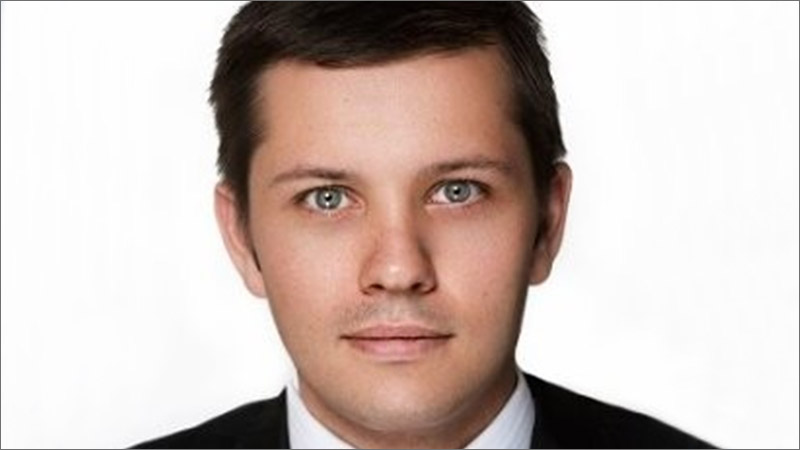Complexities abound in SMSF succession planning
Members and advisers need to be aware of the complexities of succession planning within an SMSF, as appointing a new director in case of a member’s incapacity or death is not as simple as many assume, according to a leading SMSF law firm.
At a recent strategy seminar in Sydney, DBA Lawyers’ Shaun Backhaus said a common misconception around succession following the death of an SMSF member was that the executor of a member’s estate could automatically step into their director role.
“The recent case of Dawson and Dawson reiterated the point that it’s not an automatic appointment [for the executor] to step in here,” Mr Backhaus said.
“The NSW Supreme Court found that section 17A(3)(a) of the SIS Act is permissive only to provide continued compliance after the death of a member; it does not mandate that an LPR (legal personal representative) be appointed a trustee in place of a deceased member.
“You have to actually look at the governing rules or constitution of the fund to see how someone’s appointed in that situation.”
Mr Backhaus used the example of Nikki, who had been appointed as executor of her father Adam’s estate and charged with ensuring his binding death benefit nomination was paid into this estate.
While Nikki could appoint herself as director of Adam’s SMSF using shareholder’s rights in order to execute his wishes, his second wife, Sue, was also a member of the fund and could conceivably block her appointment, given the company only had two shareholders.
Mr Backhaus said appointing a successor director was a good solution to this scenario, as it ensured the person nominated by the member could step into their director role with minimal legal issues or challenges.
“Successor directors is one of the best succession planning documents I’m aware of,” he said.
“This is a document you would need to have in your constitution providing for it, which allows a director to nominate a person who is appointed director of the company upon an event occurring; typically, it’s going to be incapacity or death.”
In this example, if Adam named Nikki as a successor director, she would be able to automatically assume the role of director in his SMSF without any resolutions needing to be passed in her favour, meaning she could be actively involved in trustee decision-making, Mr Backhaus said.


